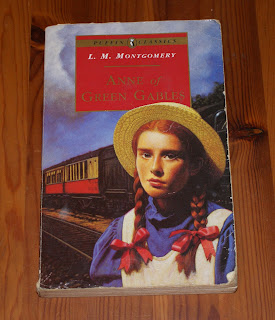1) Sharp Objects by Gillian Flynn: After letting Gillian Flynn’s third novel Gone Girl take over my life in February I sought out her other titles and her first novel Sharp Objects instantly grabbed my attention.
The thriller, set in small town America, has the perfect blend of investigative journalism and grisly events, with a strong female protagonist leading the story.
Camille Preaker, a newspaper reporter haunted by a troubled childhood, is sent back to her home-town after a series of murders shock the community. A quick read of the first chapter on Amazon showed promise of Sharp Objects being just as addictive as its successor.
2) 1Q84 by Haruki Murakami: As you may guess from my summer wish list I have a yearning to visit Japan and Haruki Murakami’s trilogy has been popping up everywhere in bookshops as the mandatory introduction to Japanese culture and has recently made an addition to my Amazon wish list.
3) Number9dream by David Mitchell: I previously reviewed David Mitchell’s Cloud Altas in December where he impressed me with his skills as a writer and clever play on conventional narratives. Number9dream, Mitchell’s second novel, is set in Tokyo Japan and follows a man’s quest for his father; a simple concept that the inventive author is guaranteed to add his own innovative slant to.
4) The Devil All the Time by Donald Ray Pollock: I’ve had a craving recently for the Southern Gothic and this novel’s synopsis hints at an ideal concoction of the darkly bizarre in rural Ohio. The morbid list of this book’s attractions of serial killers, ritual sacrifice and executions reads off like the perfect way to spend a dusky summer evening.
5) Spring Snow by Yukio Mishima: This novel takes the top spot on the Guardian’s top books set in Tokyo here where Number9dream also makes an appearance. Spring Snow offers the poetry delicacy of old Japan mixed with timeless love story.
6) Piracy: The Complete History by Angus Konstam: I’ve been meaning to read about the history of pirates since a visit to Croatia; the aquatic blue landscape and coastal towns were the inspiration behind Robert Louis Stevenson’s Treasure Island. After a laborious internet search Angus Konstam’s complete history stuck out as the most comprehensive guide to one of the world’s most illustrious and oldest occupations.Starting with origins of piracy in the Ancient ages documenting its development through medieval times to the present day: Piracy: The Complete History promises to dispel the romantic Hollywood myths surrounding swashbuckling buccaneers of the ocean and shed light on the brutality and bloody nature of history’s sea raiders.















